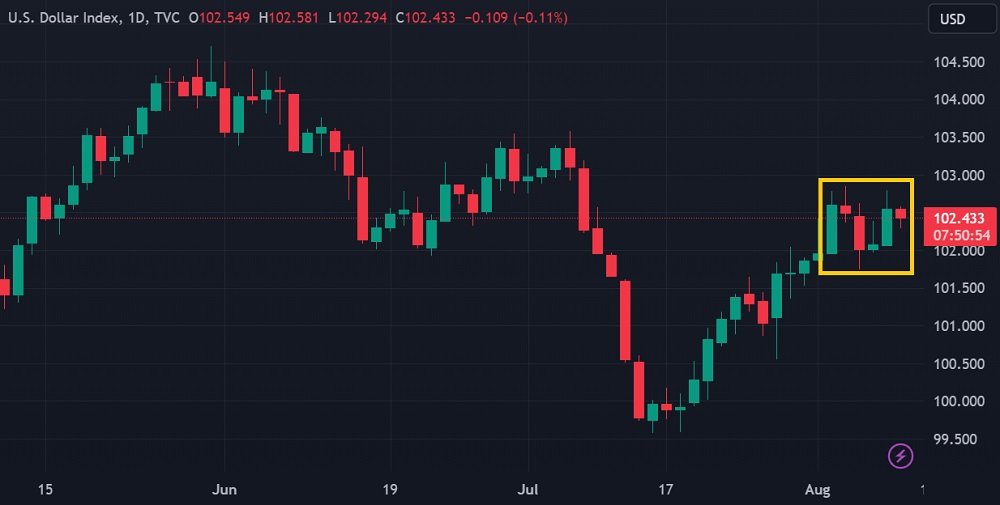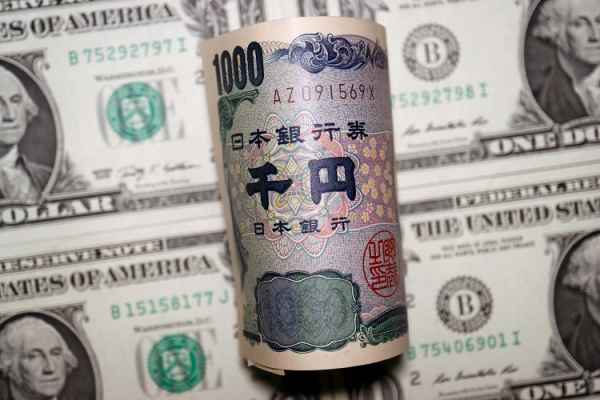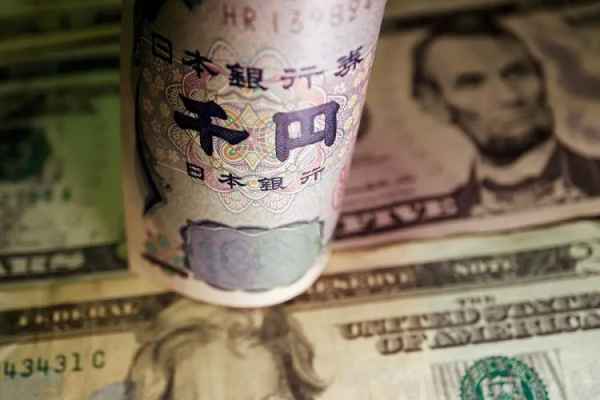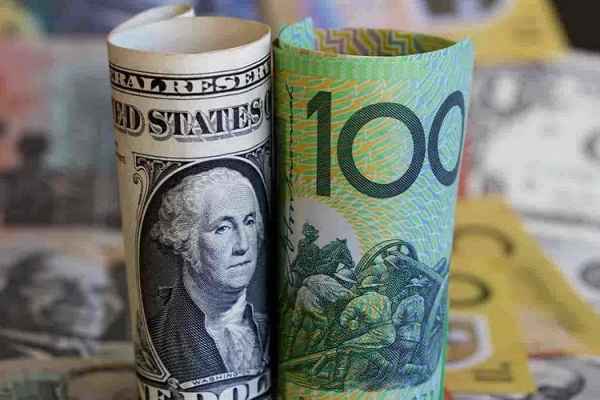Higher-than-expected US inflation data could prompt the Fed to raise interest rates again, but the current market anticipates weaker data.
Traders and investors are currently awaiting the release of US inflation data tomorrow. The majority anticipate the data to weaken, leading to relatively limited movement in the US dollar exchange rate. As of when the news was written during the New York session on Wednesday (August 9th), the US Dollar Index (DXY) was moving sideways within the range it had been occupying since the end of the previous week.

Tomorrow's US inflation data is highly crucial, as it can provide insights into the prospects of further Fed interest rate hikes. The current consensus anticipates growth of 0.20% (m/m) for both core and overall CPI in July 2023.
Figures higher than the consensus reference can incentivize the Fed to raise interest rates again in September, thereby boosting the US dollar exchange rate. However, many experts state that the current market anticipates weaker US inflation data and expresses concerns about its negative impact on the greenback.
"The US CPI report will be the main market driver," says Dominic Schnider, a strategist at UBS. "A soft CPI reading would weaken the US dollar, in our view."
Stefan Mellin, Head of FX Strategy Analysis at Danske Bank, mentioned they anticipate Core CPI m/m at 0.18% tomorrow, below the ongoing consensus of 0.20%. He added that the initial impact of the weaker US inflation data might lead to a rise in EUR/USD.
Not all experts agree. Citi warns that market participants anticipate weaker CPI data than the consensus forecast. With low expectations in place, the market's response tomorrow will likely be more upbeat for the USD if the data reveals figures higher than expected or even in line with the consensus.
According to a note from CitiFX Wire, it is noted that due to already low expectations, the USD is unlikely to experience selling if the figures align with the consensus.
JPMorgan analysts are also more optimistic about the prospects of the US dollar. They believe that the strong performance of the US economy, the increasing bond yield differentials, higher commodity prices, and current seasonal factors all together support the USD. August is typically a period of low liquidity when the US dollar performs more robustly.

 Dedicated FREE FOREX VPS
Dedicated FREE FOREX VPS Free FOREX Virtual Private Server
Free FOREX Virtual Private Server MT4 Demo Contest, Get $500
MT4 Demo Contest, Get $500 Sign Up for an Account, Claim 60% Deposit Bonus
Sign Up for an Account, Claim 60% Deposit Bonus Free MT4/MT5 VPS 2024
Free MT4/MT5 VPS 2024 Send E-mail and Get Free Merchandise
Send E-mail and Get Free Merchandise $1K Refer a Friend Bonus for Pepperstone Pro clients
$1K Refer a Friend Bonus for Pepperstone Pro clients Maximize Your Earnings with 100% Deposit bonus
Maximize Your Earnings with 100% Deposit bonus Trade to Win, $5,000 Monthly Demo Contest
Trade to Win, $5,000 Monthly Demo Contest Claim 30% + 15% Deposit Bonus from LiteFinance
Claim 30% + 15% Deposit Bonus from LiteFinance






